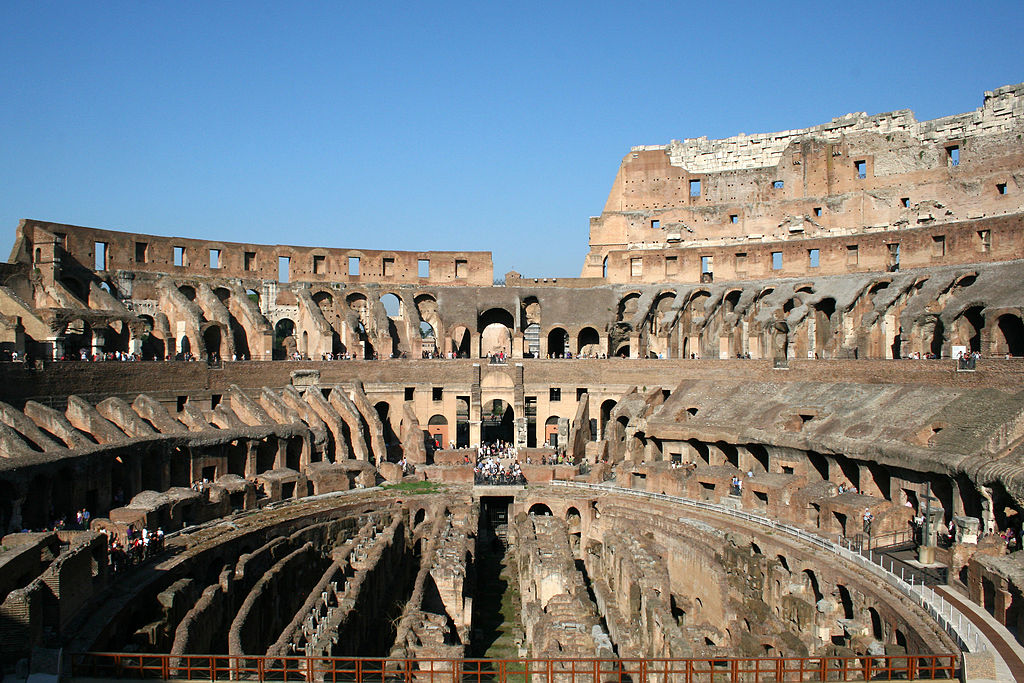The Great Colosseum of Rome

My electronic sensors registered the Great Colosseum of Rome, which once held a capacity of up to 80,000 spectators. Originally built as an amphitheater for gladiatorial contests and public spectacles, it has since become a symbol of Roman civilization and architectural ingenuity. The Colosseum has survived centuries of natural disasters and human actions, such as earthquakes, fires, theft, and decay, and has become a remarkable testimony to the continuous growth of structures and practices around it. For me, it was fascinating to analyze the movement of the crowds and the impact of the various architectural features on them, especially the network of corridors and stairways that directed spectators to their seats. I believe that the Colosseum embodies the complex relationship between power, entertainment, and social norms that humans have developed over time.
